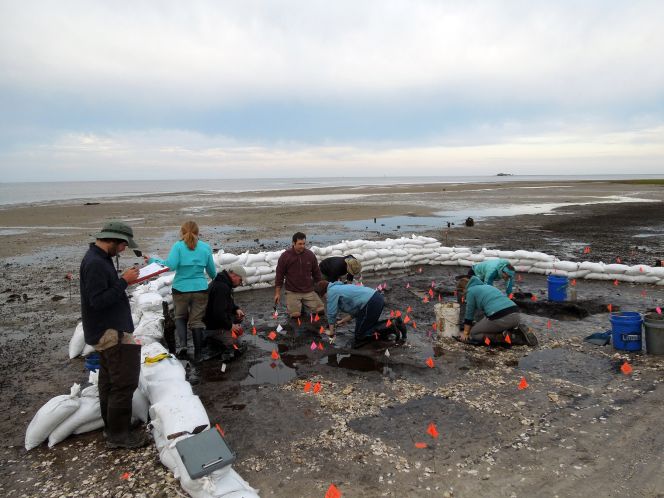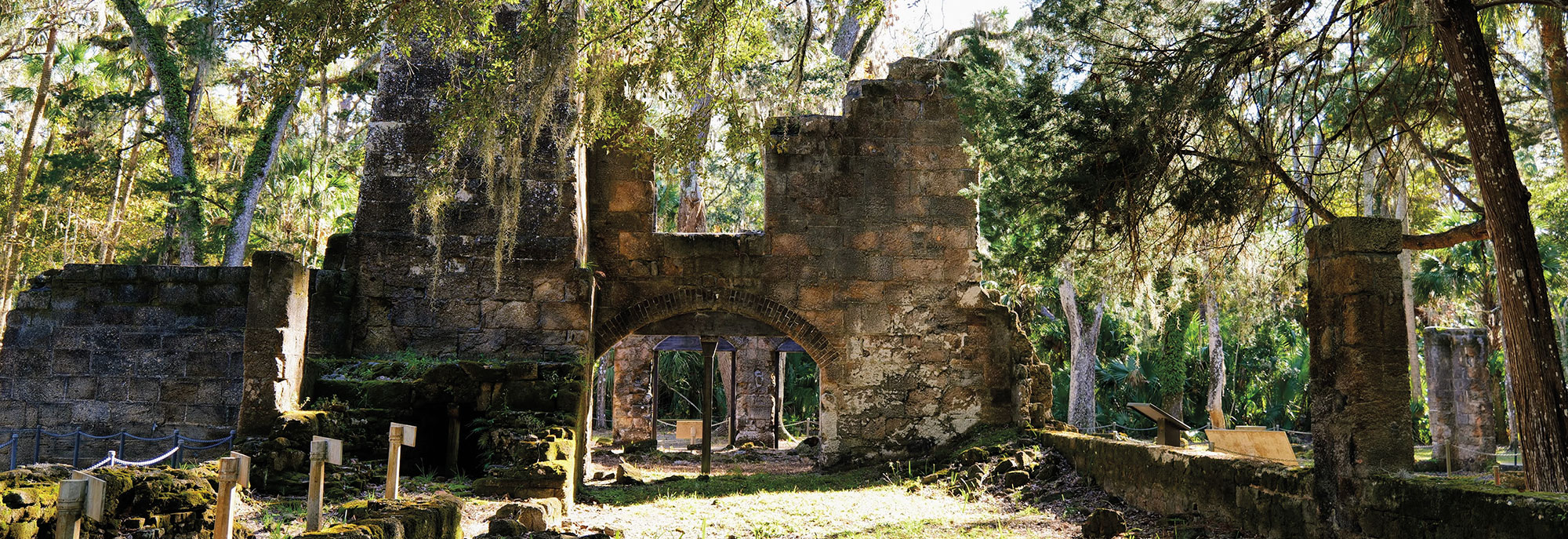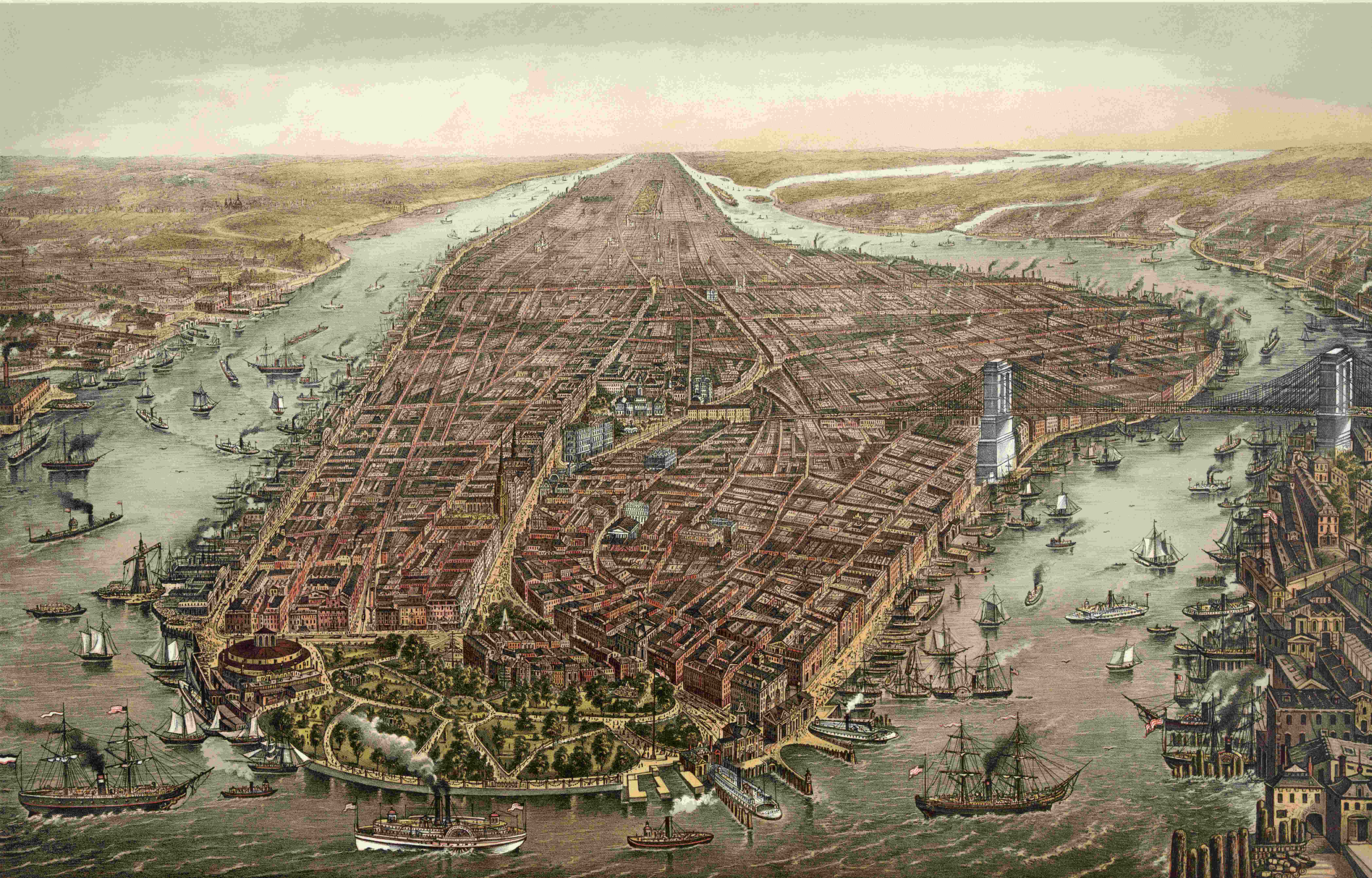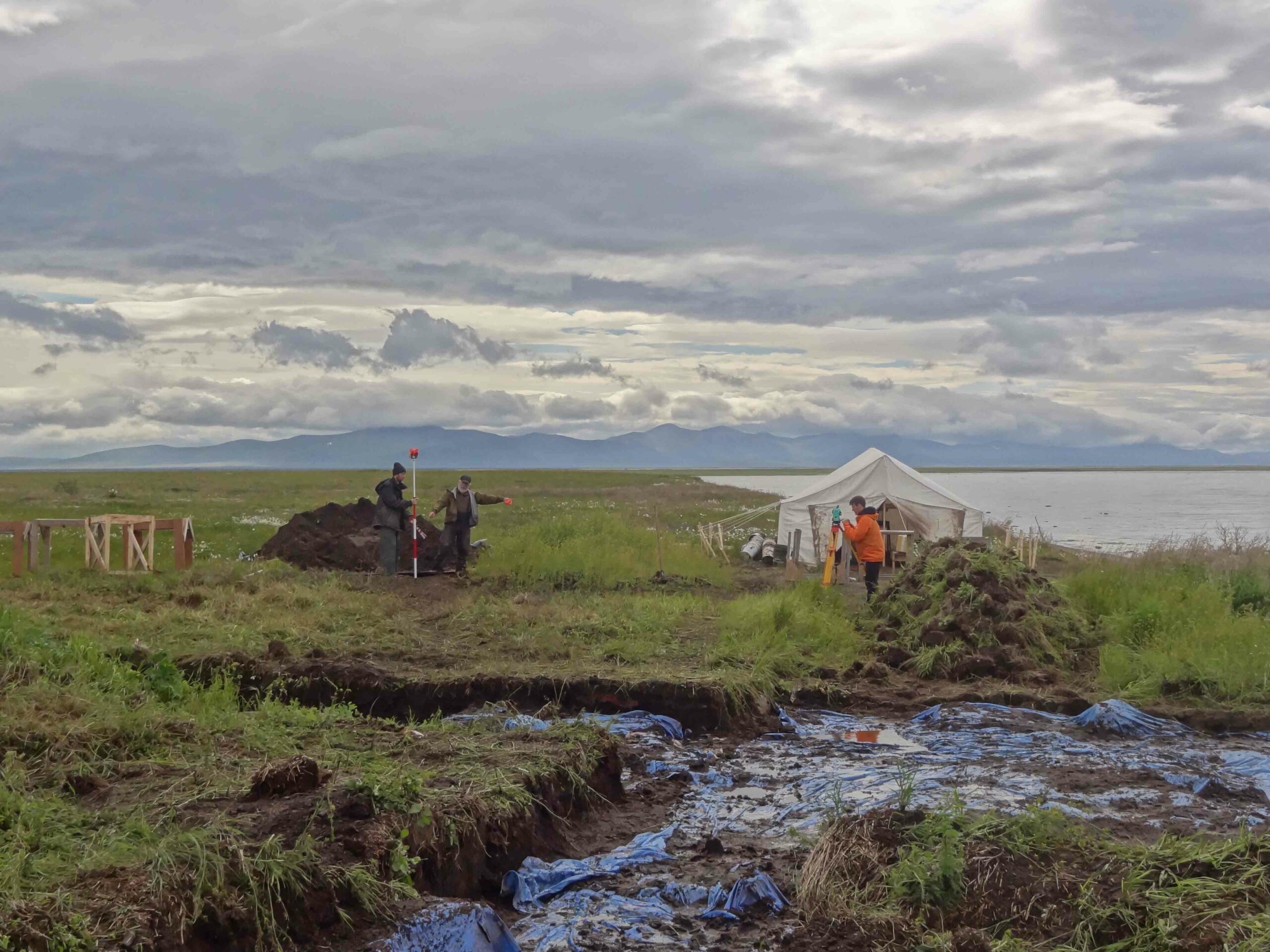
GAINESVILLE, FLORIDA—Erosion of an ancient coastal burial ground near Cedar Key sent archaeologists led by Ken Sassaman of the University of Florida to excavate the graves and move the human remains before they were lost. He found, however, that the 32 graves had been moved to that location long ago from somewhere else. “They’re digging up their dead that are washing away into the Gulf of Mexico and relocating them to the place they’re going to move to. These guys, they never abandoned the coast. They were adaptive,” Sassaman told the Tampa Bay Times. He noted that shell mounds in the Lower Suwannee and Cedar Key National Wildlife Refuges show that when the sea levels were higher, people ate oysters, then switched to clams when the seas receded and more freshwater was present. Sassaman also thinks that ancient coastal dwellers used shells to build mounds and rings around their villages to protect them from rising waters. Those structures could have been used for generations. “They came back and used the places their predecessors used,” he explained. To read about an excavation in Florida that unearthed artifacts spanning a period of 10,000 years, go to "Florida History Springs Forth."











